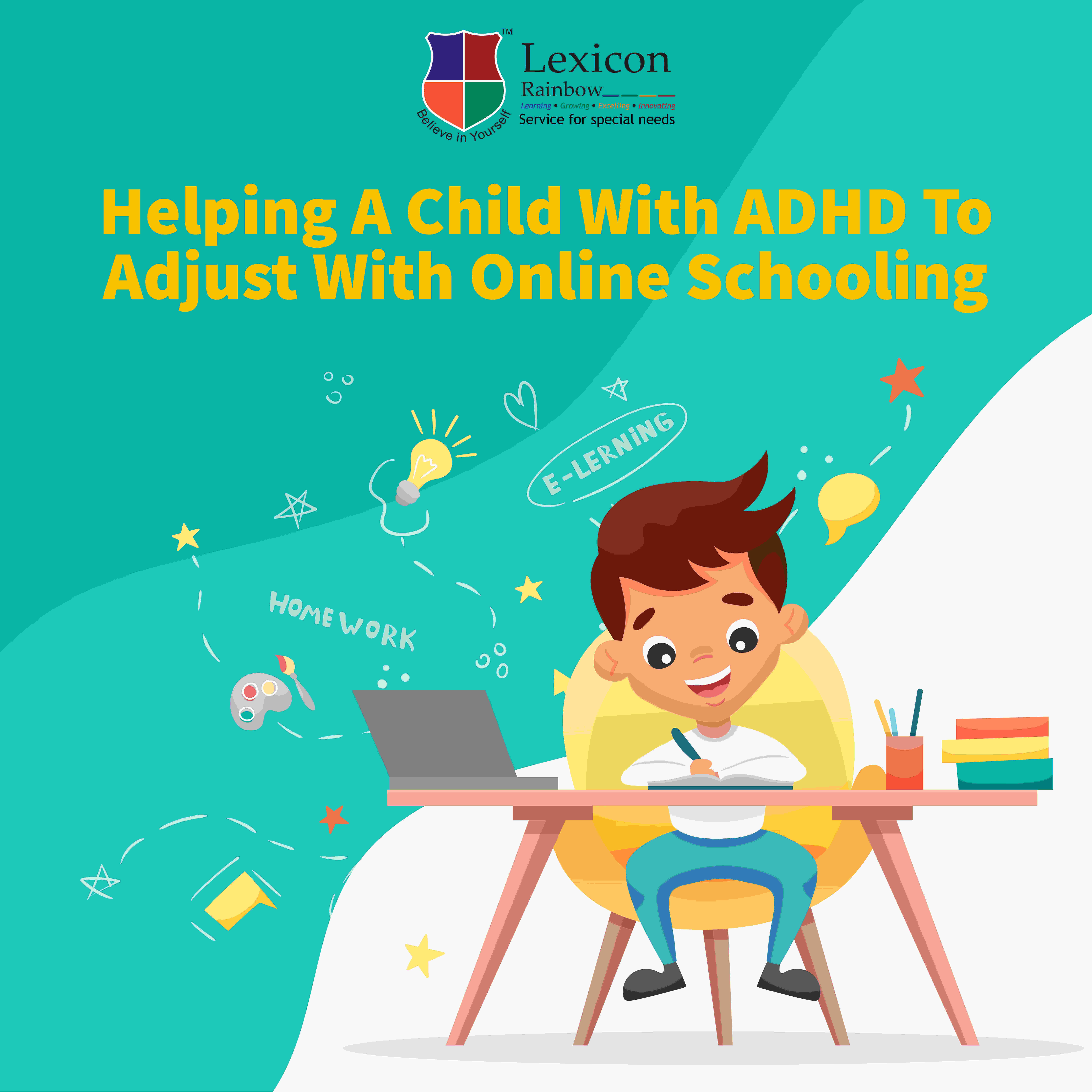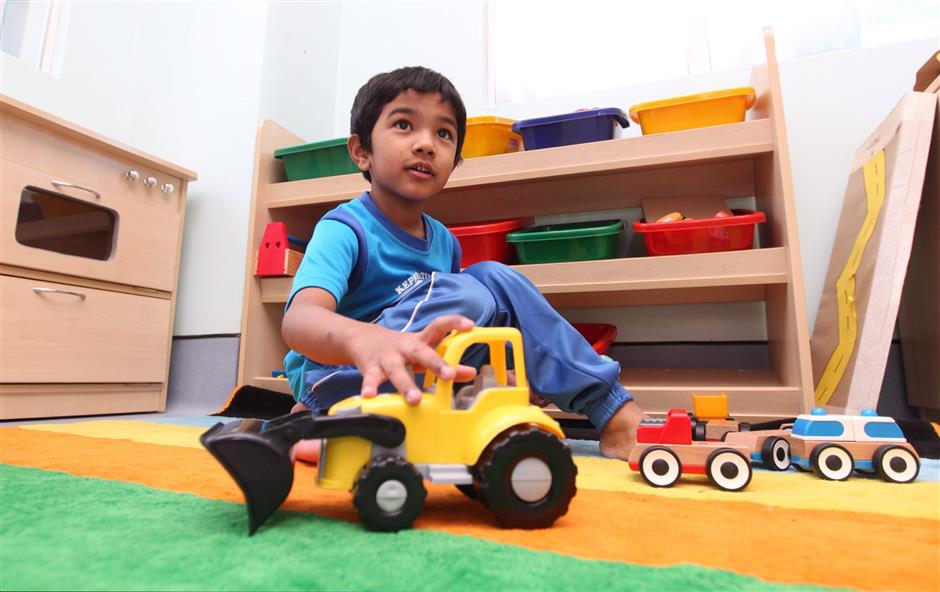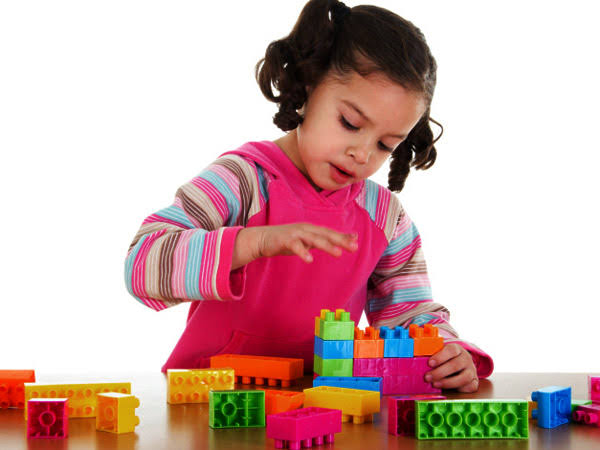
Every child has a way of registering and processing any information they come across. A child with ADHD has a functionally different brain from that of other children. They view the world through their unique prism, they perceive things with their view and process everything with their creativeness.
While the world faces challenges right from the onset of Covid, students aren’t any less impacted. Managing a child in the class can be a task and a child with ADHD has its own set of hurdles. Along comes the structure of online classes! While we struggle with other children, a child with ADHD is confronting their own conflicts. Without the usual support from teachers or the familiarity of classroom rules and structure, the struggle to stay organized and keep up with lessons and homework has suddenly become overwhelming. Managing a child with ADHD in an online classroom setup can come with a couple of impediments, but here’s what you can do to make the learning experience easier and enjoyable for them –
- Find out how they learn and support that- Lessons that are repetitive and long, requiring sustained mental effort, are difficult for most children, but they are especially tough for students with ADHD who tend to get distracted easily. Including an element of choice can occupy students with ADHD and enable them to maintain their attention longer. There’s research showing that when another activity is introduced that draws on a different sense, say, standing up for a few minutes during a virtual lesson or listening to soft background music while working through math problems, it can help focus childs’ brain on the primary task.
- Adapt strategies that the children are already familiar with – Poor working memory is typical for students with ADHD, which can make reading comprehension and retention difficult. When students are reading text on a screen they tend to skim rather than read closely, which makes it even more difficult for children with ADHD to understand and retain what they’ve read. But when students read slowly and summarize each paragraph, it makes it easier for students with ADHD to understand and recall.
- Integrate regular breaks- All children benefit from quick breaks during the school day, but for children with ADHD, taking regular breaks away from online lessons is crucial for maintaining focus. While students are missing out on socializing due to the absence of regular classroom settings, teachers can try letting students unschedule, disorganize, chatter away and take healthy quick movement breaks to channelize all that extra energy!
- Have a plan in place – Children with ADHD need structure and predictability more than their class fellows. Parents or guardians can try planning and setting a schedule and some ground rules in place, which are easily understandable for children with ADHD. Repetition and positive reinforcement can help a child with ADHD better understand and follow rules.
Transitions can be disputing for children with ADHD. Doing schoolwork, homework, and family activities in a shared space with other family members can create additional stress for students and even trigger them. It can equally be stressful for parents and guardians.
With the changes in how schools are being conducted, there is also the possibility that children who have special needs are not receiving the assistance they need. We at Lexicon Rainbow ensure that every child sustains their individuality and offer all the services your special child may need. This includes IEPs (Individualised Education Plans) and personalised therapy sessions among the few. You can reach out to us to learn more about our curriculum.



